Something regarding Strontium Barium Niobate
Introduction
Strontium Barium Niobate is a compound that has attracted interest from various scientists. It has been used in devices that manipulate light and electricity. Many industries and laboratories employ it in sensors and optical circuits. This concise paper illustrates how its structure leads to desirable behaviours and how changes in composition can alter its function.
Physical and Chemical Properties
Strontium Barium Niobate possesses a unique tungsten bronze type structure. Its chemical composition is represented as SrₓBa₁₋ₓNb₂O₆. The ratio of strontium to barium is typically varied to maximise specific properties. For instance, it is ferroelectric and has a high dielectric constant. Its dielectric constant is approximately 1000 at room temperature under precise conditions. Its crystal structure results in an anisotropic refractive index, which can be as high as 2.3. These values are beneficial when the material is applied in optical circuits.
The material also exhibits high optical nonlinearity. This feature is common in materials used in dynamic holography and in fast light switching applications. Some experiments indicate that the electro-optic coefficient can be optimised through careful control of the Sr/Ba ratio. The light-modulating behaviour is critical in devices that manage optical signal processing. Based on the fundamental chemistry and physics of Strontium Barium Niobate, it is suitable for use when stability and transparency are essential.
Synthesis and Fabrication Methods
Preparation of Strontium Barium Niobate utilises a combination of traditional methods and modern techniques. Researchers often use the solid state reaction method as it is straightforward. In this process, powders of the oxides of barium, strontium, and niobium are mixed together. The mixture is then melted at temperatures frequently exceeding 1200°C. Many laboratories prefer the molten salt method instead. This technique can lower processing temperature and improve crystallinity. Chemical solution deposition is another promising method, offering precise control of composition at a microscopic scale.
These methods produce crystals with fewer defects. This factor is significant when the material is intended for critical optical devices. Each method has its advantages and disadvantages. For most industrial applications, the choice of optimal procedure relies on communal experience. Consistency in fabrication has been found to be critical, especially when the material is incorporated into sensors and dynamic display components.
Applications
Strontium Barium Niobate is widely used in technical applications. It serves as a light modulation medium in optical data storage. Strontium Barium Niobate is employed in devices that control light beams in dynamic holography. It is also used in some microwave and mobile communication filters due to its dielectric properties. Additionally, it is commonly employed in electro-optic modulators, where its ferroelectric properties confer improved performance and stability.
This material has also been investigated for photorefractive applications, which are instrumental in light processing circuits. In many high-speed optical circuits, tunability of the refractive index is a valuable asset. Practical applications include steering light beams and arrays for optical switching. Stable performance over extended durations has been noted by colleagues as a significant advantage of Strontium Barium Niobate in various practical devices.
Effect of Strontium to Barium Ratio on Material Properties
The strontium to barium ratio is crucial for material calibration. Increased concentrations of strontium reinforce ferroelectric characteristics, while a higher barium composition can enhance pyroelectricity. In practice, researchers typically achieve a Sr/Ba ratio around 0.6 to 0.4. This ratio delivers a calibrated response. When composition varies, significant changes occur in optical and dielectric properties. In most experiments, results alter with minor adjustments in proportion. This underscores the necessity for control during production. Even expert scientists are vigilant regarding this balance, ensuring device performance adheres to specified standards.
Development in Strontium Barium Niobate-Based Products
Recent advancements in Strontium Barium Niobate-based products have emerged. Improvements in processing technologies have produced fewer defective crystals and enhanced uniformity. New processes incorporate the use of small dopants, which assist in further modulating optical and electrical properties. Research into nano-scale structures has yielded new insights into its functionality. Recent tests exhibit more stable switching behaviour in optical devices. These enhancements have fostered increased interest among engineers working in telecommunications and photonics.
All these technological developments have improved our understanding of the material. They have demonstrated how minor design adjustments can lead to substantial enhancements in performance. Greater knowledge has prompted ongoing research and development. It is noteworthy that even a well-established material can reveal new properties when treated with respect and diligence.
Conclusion
Strontium Barium Niobate continues to be a functional and effective material in contemporary technology. It presents significant physical and chemical characteristics essential for various optical, electronic, and ferroelectric applications.
Frequently Asked Questions
F: What are the primary applications of Strontium Barium Niobate?
Q: It is utilised in optical modulators, dynamic holography, sensors, and microwave devices.
F: How is Strontium Barium Niobate typically processed?
Q: It is conventionally prepared by solid state reaction, molten salt method, and chemical solution deposition.
F: What occurs if the strontium to barium ratio is modified?
Q: Alterations in the ratio affect its ferroelectric, dielectric, and optical characteristics for specified applications.

 Bars
Bars
 Beads & Spheres
Beads & Spheres
 Bolts & Nuts
Bolts & Nuts
 Crucibles
Crucibles
 Discs
Discs
 Fibers & Fabrics
Fibers & Fabrics
 Films
Films
 Flake
Flake
 Foams
Foams
 Foil
Foil
 Granules
Granules
 Honeycombs
Honeycombs
 Ink
Ink
 Laminate
Laminate
 Lumps
Lumps
 Meshes
Meshes
 Metallised Film
Metallised Film
 Plate
Plate
 Powders
Powders
 Rod
Rod
 Sheets
Sheets
 Single Crystals
Single Crystals
 Sputtering Target
Sputtering Target
 Tubes
Tubes
 Washer
Washer
 Wires
Wires
 Converters & Calculators
Converters & Calculators
 Write for Us
Write for Us
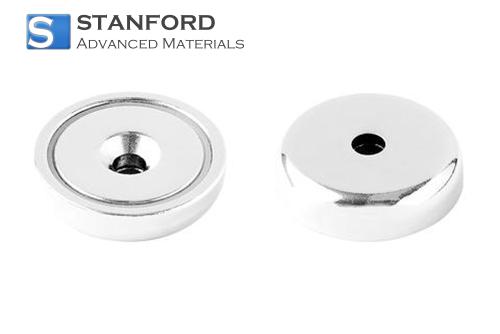
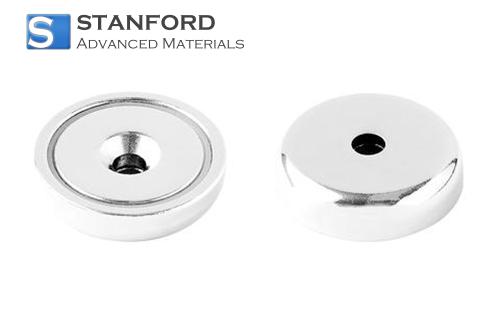
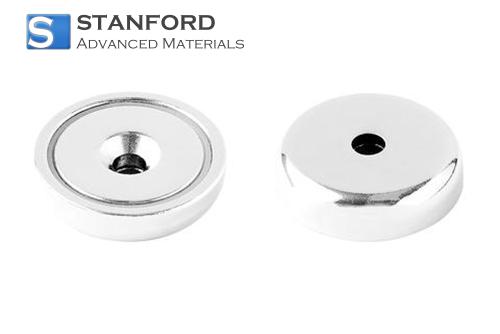
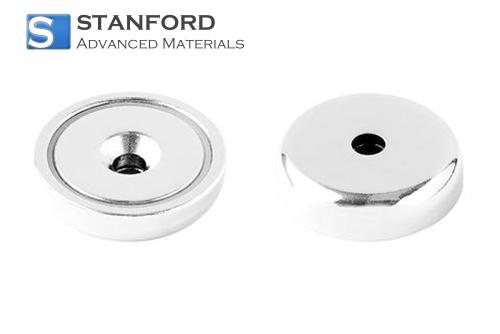
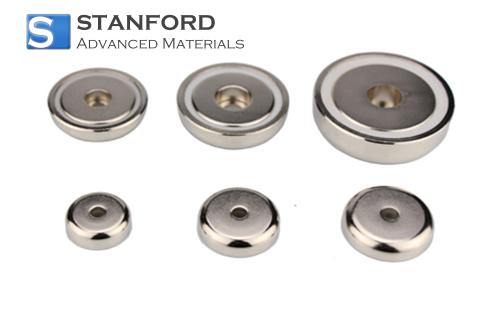
 Chin Trento
Chin Trento



